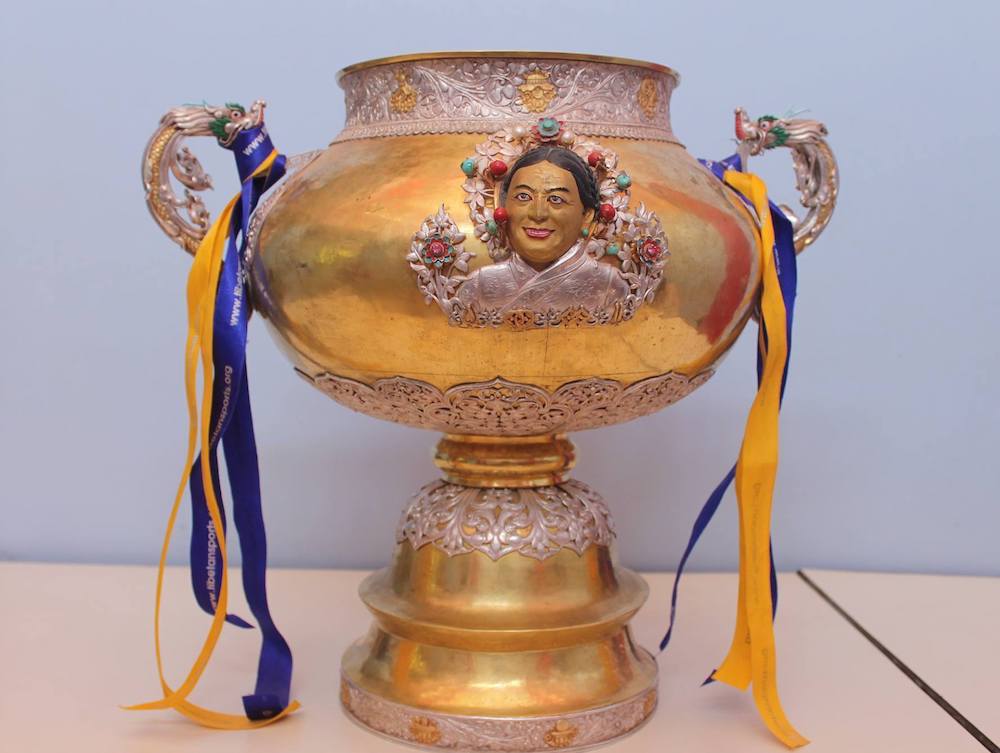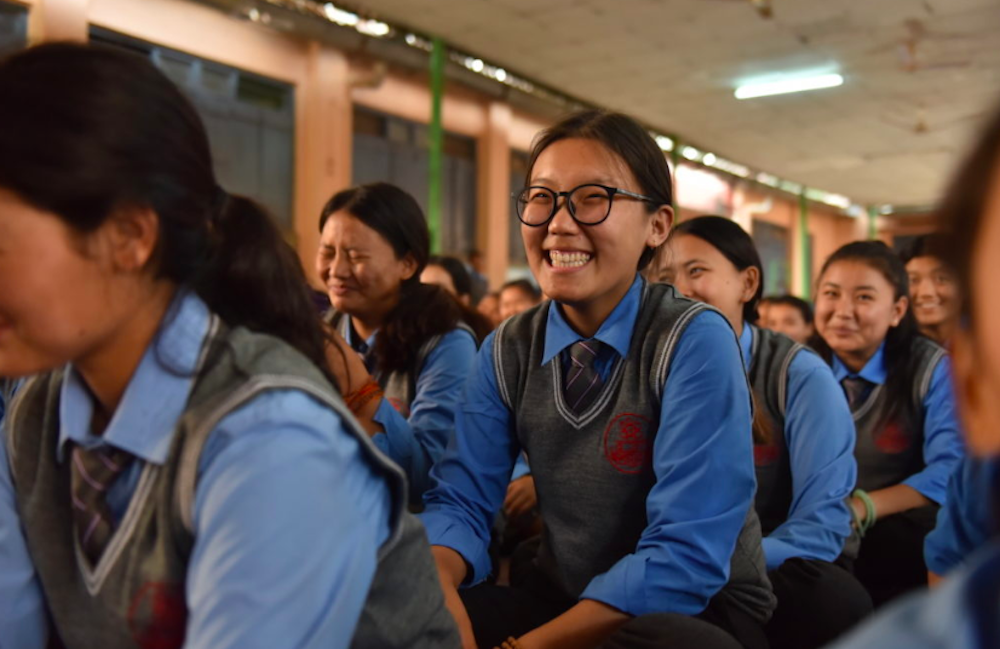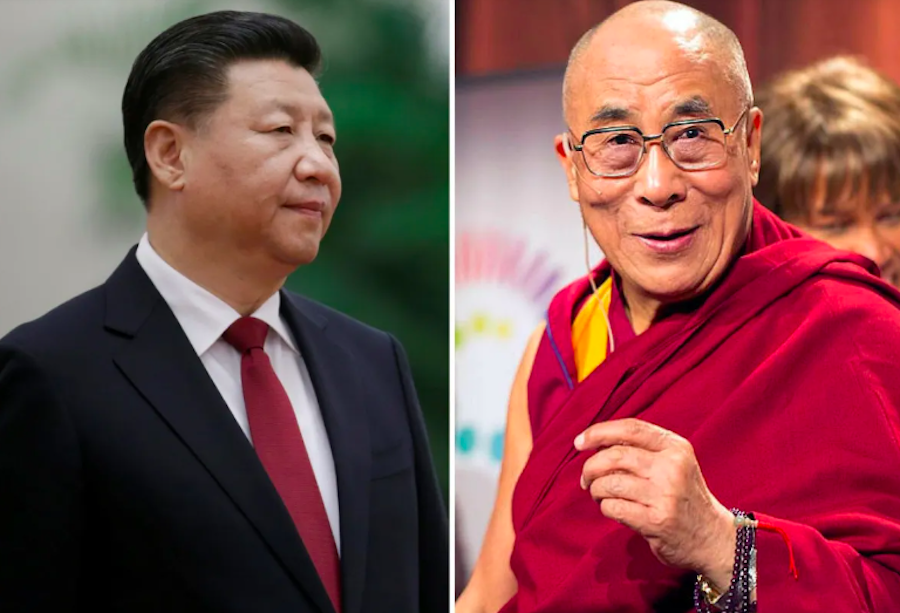Reincarnation in Tibet is not only a matter of religious belief, it has struck deep roots in its lived culture and led to a unique system of spiritual and temporal leadership most popularly exemplified for us by Tenzin Gyatso, the 14th Dalai Lama. In reality, most high lamas and teachers of Tibet — those who have attained spiritual eminence — are believed to re- enter the world upon death to carry on their work. Their rebirth is thought to be conscious and self-directed, as opposed to others’ who are drawn to a next life by the force of their karmic imprints and debts.
These ‘conscious reincarnations’, called tulkus, are found through an elaborate process that concludes with exami-ning the plausible candidate’s familiarity with the deceased’s belongings and attendants. The recognised child, who is three or four at this time, is installed in his predecessor’s position with much celebration. Then begins rigorous training in spiritual disciplines, scriptures, philosophy and practices. Once the tulku matures in age and understanding, he is asked to take over his predecessor’s responsibilities, such as administering his monastery, advising disciples, and so on.
Little tulkus are usually observed to display a keen aptitude for scriptural study, metaphysics and meditation, and a certain degree of equanimity, balance and concentration, that may not be so common in other children their age.
The Dalai Lama, who has an abiding interest in modern science and who has said that he is willing to consider any valid scientific proof that debunks reincarnation but that until then he would continue to believe in it, shares the story of his tutor’s reincarnation in his autobio- graphy, Freedom in Exile. The 18-month-old child called his predecessor’s attendant by name, and at age two, found the Dalai Lama’s room on his own, crawled up the stairs, and laid a ceremonial scarf (khata) on the bed!
Central to understanding conscious rebirth is the ideal of the bodhisattva. The Buddhism of Tibet, Vajrayana, is in essence the way of the bodhisattva. The bodhisattva is the Buddha-to-be, who has chosen to delay her final release from samsara for the sake of everybody else. Nirvana for oneself is unthinkable when countless others continue to suffer, and the bodhisattva in her deep compassion, chooses to return with only one motivation — to help as many beings, in as many ways, as she can.
A prayer the Dalai Lama recites every day conveys the essence of the attitude of the bodhisattva: ‘For as long as space endures,/ And for as long as living beings remain,/ Until then may I too abide,/ To dispel the misery of the world’.
For the young tulkus, it is an inspiring focus to develop in life — where one’s reason for being is not rooted in personal ambition, a high-flying career or even family and children, as is the case with most of us. Every Vajrayana practitioner, and not just the tulkus, attempts to cultivate this attitude of compassion and dedicates her spiritual practice for the welfare of all beings, rather than engaging in a solitary quest for self-nirvana.
The tulkus of Tibet carry a valuable message in this age of materialistic frenzy and greed, encapsulated here by Shantideva: “For all those ailing in the world,/ Until their every sickness has been healed,/ May I myself become for them/ The doctor, nurse, the medicine itself”.
www.swatichopra.com









